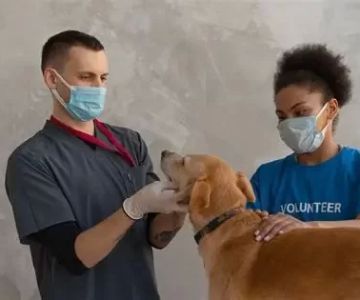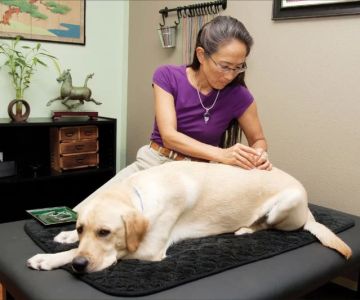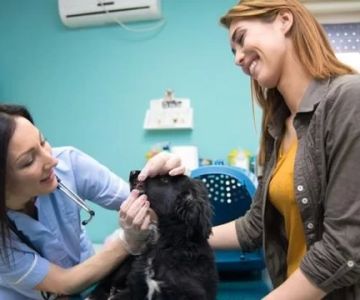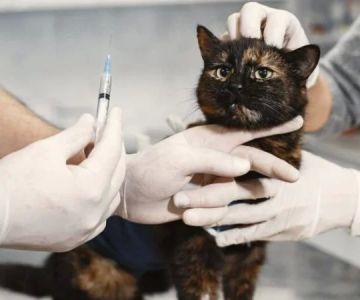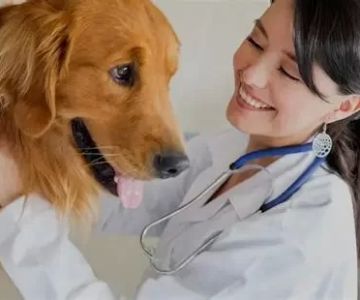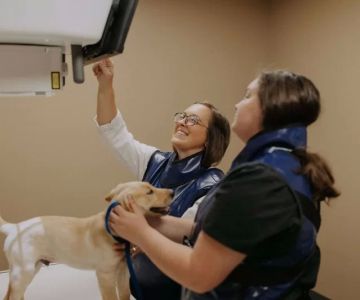- 1-Veterinary-Assistants-Role-in-Animal-Care
- 2-Training-and-Skills-Needed-to-Draw-Blood
- 3-Real-Life-Examples-of-Veterinary-Assistants-Performing-Phlebotomy
- 4-How-Drawing-Blood-Fits-Into-the-Veterinary-Team
- 5-Resources-and-Tools-to-Help-Veterinary-Assistants-Improve-Skills
1. Veterinary Assistants’ Role in Animal Care
Understanding whether veterinary assistants can draw blood starts with knowing their overall role. Veterinary assistants are vital members of the veterinary team who support veterinarians and veterinary technicians by preparing animals for exams, restraining pets during procedures, and assisting with daily clinic tasks.
Although their duties often focus on basic animal care and clinic support, the ability to perform certain medical tasks, like drawing blood, varies depending on the state laws and the clinic’s protocols. In many practices, veterinary assistants help calm and hold animals steady during blood draws to ensure safety and accuracy.
This support role requires a compassionate approach and good animal handling skills, creating a foundation for more advanced responsibilities.
2. Training and Skills Needed to Draw Blood
Can veterinary assistants draw blood? The answer depends largely on their training and the legal permissions in their region. Drawing blood, known as phlebotomy, demands knowledge of anatomy, sterile techniques, and proper handling of needles and tubes.
In clinics where veterinary assistants are allowed to perform blood draws, they usually undergo specific training. This includes supervised practice, learning how to find veins, safely insert needles, and handle animals with care to minimize stress and injury.
Some veterinary assistants choose to advance their careers by becoming certified veterinary technicians, which grants them more medical responsibilities including routine blood collection.
3. Real-Life Examples of Veterinary Assistants Performing Phlebotomy
In a busy urban veterinary clinic, Jessica, a trained veterinary assistant, plays a crucial role by drawing blood samples from dogs and cats under the supervision of a licensed vet technician. Jessica’s precise technique and calm demeanor help nervous pets stay relaxed, improving the success rate of blood collection.
Similarly, in rural practices, assistants often take on extra responsibilities due to smaller teams. For example, a veterinary assistant named Tom shared how he completed specialized workshops to safely perform blood draws, helping speed up diagnoses and treatments for farm animals.
These stories demonstrate that with the right training and environment, veterinary assistants can successfully contribute to medical procedures like blood draws.
4. How Drawing Blood Fits Into the Veterinary Team
Drawing blood is a fundamental diagnostic step in veterinary medicine, enabling vets to detect infections, monitor organ function, and tailor treatments. Veterinary assistants who can draw blood add tremendous value by freeing up veterinarians and vet techs to focus on complex tasks.
Effective teamwork is essential. Assistants often prepare the animal and equipment, perform or assist with the blood draw, and help with sample handling and documentation. This collaboration improves clinic efficiency and enhances patient care.
5. Resources and Tools to Help Veterinary Assistants Improve Skills
For veterinary assistants eager to expand their skills and confidently draw blood, several resources are available. Online courses focused on veterinary phlebotomy provide step-by-step tutorials and videos, while hands-on workshops offer supervised practice.
Investing in quality veterinary assistant training kits that include practice arms and supplies can help build proficiency before working with live animals. Additionally, books and guides on veterinary clinical skills enhance knowledge of anatomy and safety protocols.
Exploring these products and educational resources is a smart step toward advancing your veterinary career and contributing more fully to animal care.

